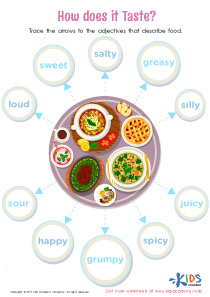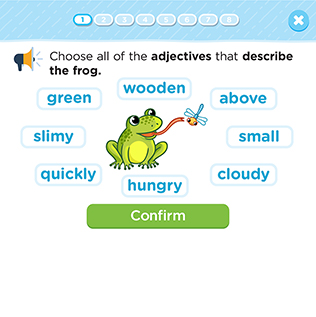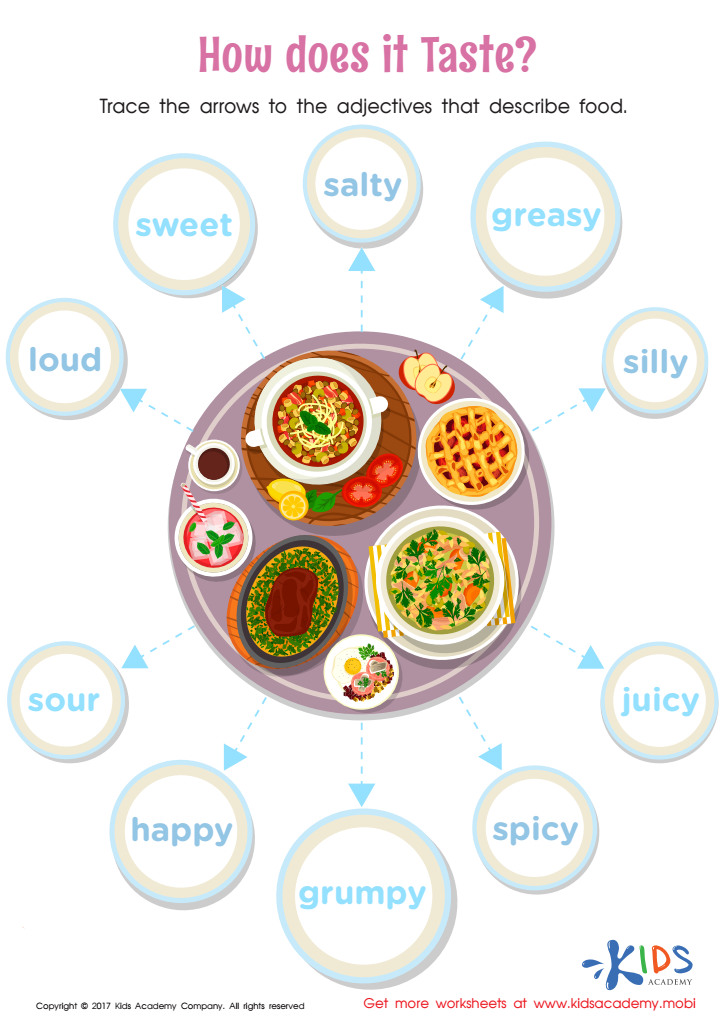Adjectives and Adverbs - Lesson for Grade 2, Chapter - Other Parts of Speech
In the "Adjectives and Adverbs" lesson, part of the "Conventions of Writing" unit for Grade 2 students, learners will dive into the colorful world of adjectives and adverbs, key components of the "Other Parts of Speech" chapter. Through engaging activities like the Food Adjectives Worksheet and exercises distinguishing Adjectives vs. Adverbs, students will master the art of description and modification in sentences.
Understanding adjectives will empower students to describe nouns vividly, painting a clearer picture in the reader's mind. Imagine transforming a simple sentence like "She eats an apple" into "She eats a juicy apple. " Here, 'juicy' is an adjective that adds flavor to the sentence, making it more appealing and informative.
Diving into adverbs, students will learn how these words modify verbs, adjectives, or other adverbs, adding context such as how, when, where, and to what extent an action is performed. For example, "She quickly eats a juicy apple" introduces 'quickly' as an adverb, enhancing our understanding of how she eats.
Why is this important? Mastering adjectives and adverbs enhances writing and speaking skills, enabling students to express themselves more effectively and creatively.



-
Activity 1 / Food Adjectives Worksheet
Here’s a delectable food adjectives worksheet PDF to tickle your child’s taste buds as he or she learns all about the descriptive words that give writing its pizazz!
Increase your child’s vocabulary and set the stage for learning to identify sensory language in texts by picking all the words that describe food! -
Activity 2 / Adjectives vs Adverbs
-
Activity 3 / Adjectives vs. Adverbs - Quiz
In this assessment, students will distinguish adjectives from adverbs, connect adjectives to the pictures they describe, and identify adverbs in sentences.


